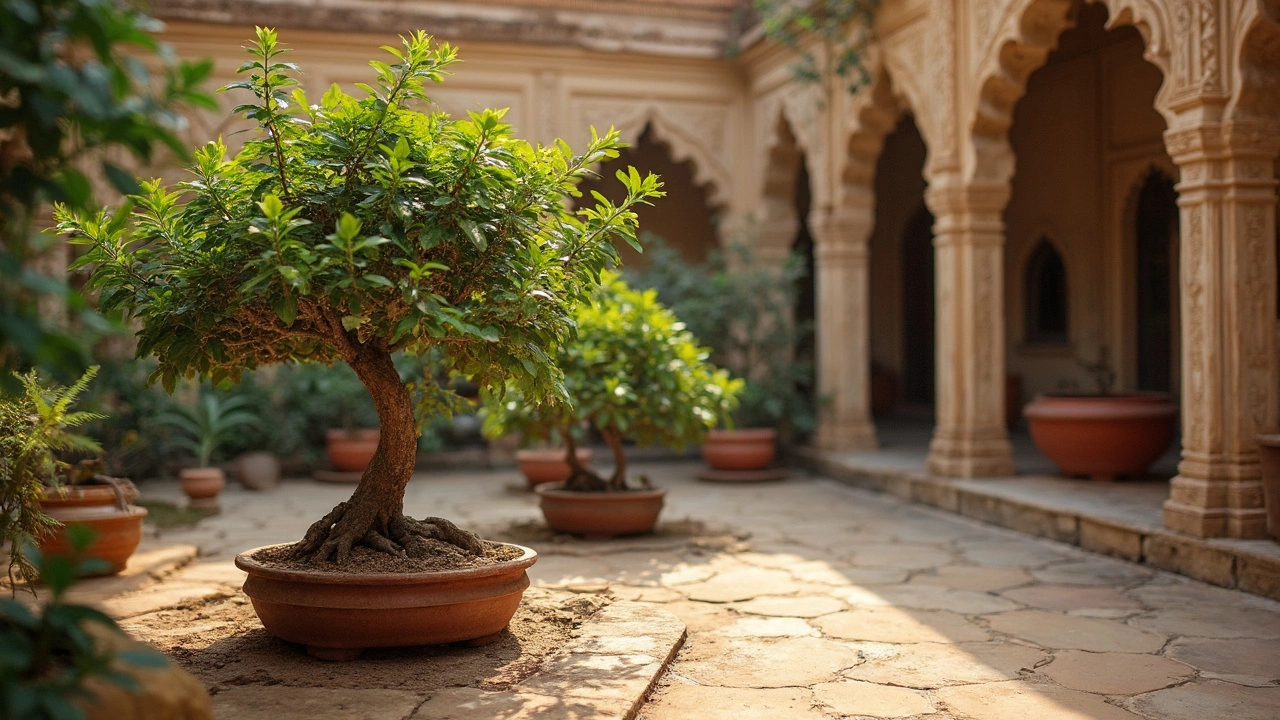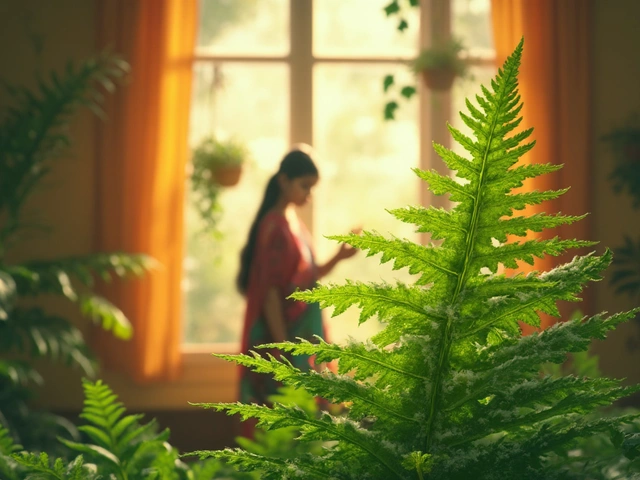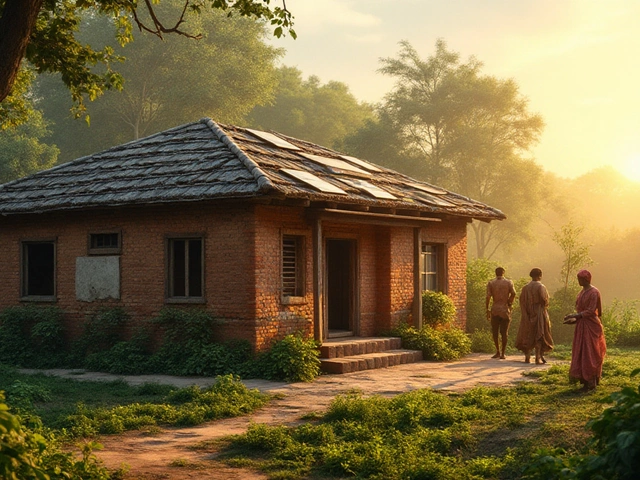How to Fix an Overwatered Bonsai and Keep It Healthy
If you’ve ever found your bonsai’s soil soggy, the leaves yellowing, or the trunk looking soft, you’re probably dealing with overwatering. It’s a common mistake, especially for beginners who think more water equals a happier plant. The good news is you can turn things around quickly if you act fast and follow a few simple steps.
Spotting Overwatering Early
The first clue is the soil. When you poke a finger a half‑inch deep, it should feel just damp, not dripping wet. If water pools on the surface or you see a dark, mushy layer at the bottom of the pot, the roots are likely drowning. Look at the leaves: they turn yellow or brown, curl up, and feel soft to the touch. A weak, spongy trunk is another red flag – healthy bonsai bark should feel firm.
Don’t forget the pot’s drainage holes. If they are blocked by debris or compacted soil, water can’t escape and the roots stay saturated. Checking the pot’s weight can help too; an overwatered bonsai feels noticeably heavier than a properly watered one.
Rescuing an Overwatered Bonsai
Step one is to stop watering immediately. Give the soil a chance to dry out. Place the bonsai in a well‑ventilated spot away from direct sun, which can stress the plant further. If the pot has no drainage holes, move the tree to a pot that does – this is non‑negotiable for recovery.
Next, carefully remove the bonsai from its pot. Gently shake off excess soil and inspect the roots. Healthy roots are white or light tan and firm. Any roots that look black, mushy, or smell foul should be trimmed with clean, sharp scissors. Cutting away the damaged parts prevents rot from spreading.
After pruning, repot the bonsai using a fast‑draining mix. A typical bonsai soil blend includes akadama, pumice, and lava rock in equal parts. This combo lets water flow through quickly while still holding enough moisture for the roots.
Don’t pack the soil too tightly. Lightly tap the pot to settle the mix, then add water sparingly – just enough to dampen the surface. From now on, water only when the top ½‑inch of soil feels dry. In India’s varied climate, this might be every few days in summer and weekly in cooler months.
Monitor the tree daily for the next week. New growth, brighter leaves, and a firmer trunk are signs of recovery. If you notice continued yellowing, it may indicate deeper root issues, and a professional consultation could help.
Prevention is easier than cure. Keep a watering schedule, use a moisture meter, and always check that the pot drains well. Avoid placing the bonsai in low‑light locations where the soil dries slowly, and never let it sit in a saucer full of water.
Finally, remember that bonsai care is a balance of water, light, and air. By paying attention to soil moisture and giving the roots room to breathe, you’ll keep your miniature tree thriving for years to come.

Identifying an Overwatered Bonsai Tree
Is your bonsai looking less than cheerful? Overwatering might be the culprit. Recognizing the signs early can save your miniature tree from a gloomy fate. From yellow leaves to root troubles, this guide walks you through the symptoms and lets you know how to correct your watering habits. Master the balance to ensure your bonsai thrives.
About
Bonsai Care
Latest Posts


White Stuff on Ferns: What It Is and How to Handle It
By Alden Thorne Jun 15, 2025

Affordable Strategies for Building an Eco-Friendly Home
By Alden Thorne Jan 31, 2025

Flower Blooming Seasons in India: Best Months for a Colorful Garden
By Alden Thorne Jul 13, 2025
